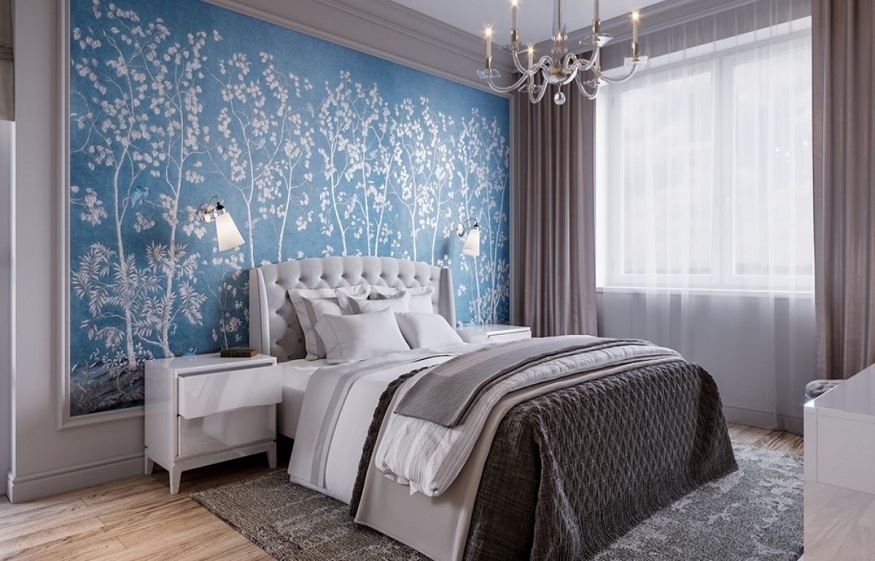Wallpaper is a great way to spice up your living room, but it can be a daunting process. It’s important to prep the wall before you start applying your new paper; otherwise, you’re liable to end up with bubbles and wrinkles in the final result. The good news is that regardless of whether you choose vinyl or traditional woven wallpaper, there are specific steps you can take when applying any type of textured surface to ensure that your project looks as good as possible. Here’s a complete guide on how to install wallpaper in your home.
Clear the area.
The first step in your wallpaper-installing process is to clear out anything that’s currently on the walls and furniture. This means removing all furniture from the room and any pictures or paintings from the wall. You might also want to remove any old wallpaper that’s already up if it is still hanging there—just make sure you don’t damage it by ripping it off before getting rid of it.
Finally, make sure that you clean off your walls with a damp cloth before applying new wallpaper; this way, when you’re finished putting up your new design and everything has dried out again, there won’t be any dirt or grime.
Prepare the wall.
Before you start hanging wallpaper, you’ll want to prepare the walls. Remove any nails, hooks, or other hardware from the wall. If holes come from old nails, fill them with spackle or putty. Then clean off any dust that may be present on the wall with a vacuum cleaner and wipe it down gently with a damp cloth (make sure to dry off the wall before proceeding).
If your living room has a textured surface, sand it smoothly before applying primer (primer will help ensure that no areas of your paint job show through). Finally, if your living room is painted already, cover it with primer before proceeding with your wallpaper installation.
Trim the paper to fit.
To cut the paper, use a utility knife and a straight edge. Place the straight edge against the wall and run it along where you plan to line up your wallpaper, stopping at points that will be cut off by trimming. The utility knife will make small cuts between these lines so that they become dotted lines. Use scissors to cut out any remaining sections of paper hanging over the edges or corners of walls.
Apply paste and position the paper.
Use a trowel or putty knife to spread the paste over your walls and then smooth it with your hand, using even pressure.
Position the paper on the wall and smooth out any bubbles that develop with a damp sponge or roller (depending on how big they are). If you see wrinkles forming in your paper, use a wallpaper smoother—a specialized tool for smoothing out wrinkles—to eliminate them before they dry and become permanent.
Smooth out bubbles and wrinkles.
You’ll want to use a wallpaper roller to smooth out bubbles and wrinkles. It’s the best tool for the job because it applies pressure evenly to any surface.
You can also use a hair dryer or heat gun to make sure your wallpaper is perfectly smooth. Using these tools will help your wallpaper go on smoothly, without any bumps or wrinkles!
Conclusion
Wallpaper is an easy way to add a pop of color to your living room. It’s also a great way to make a room feel more personal, especially if you have kids or pets who love to play on the floor. We hope these tips have helped you get started on your own wallpaper project.




